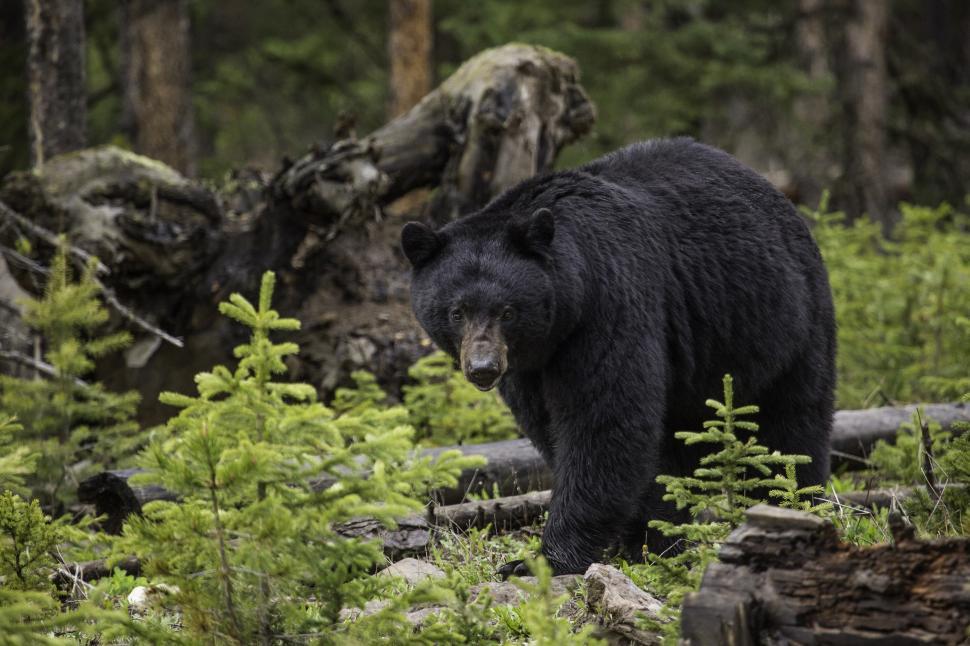A black bear has been spotted multiple times in St. Clair County, Illinois, during May 2025, while another was seen in St. Charles County on the Missouri side of the Mississippi River. These sightings, while still unusual, reflect a growing trend as bears from neighboring states expand their range into areas where they haven’t been common for over a century.
The Illinois Department of Natural Resources (IDNR) confirmed the sightings after the bear was first spotted Monday in St. Clair County. The animal has been observed several times throughout the week but hasn’t interacted with humans. It has, however, damaged bee hives on private property.
Once a bear finds a food source, they will likely return, so prevention is key. IDNR officials are actively monitoring the situation.
In Missouri, residents in Wentzville and O’Fallon areas reported bear sightings this week. Bears have also been spotted in the St. Louis metro area, including near a Walmart in Lake St. Louis and a Taco Bell in Grandview, prompting local police to issue warnings.
Where Are These Bears Coming From?
These bears aren’t part of an established Illinois population. Black bears were eliminated from the state by 1870 and have been protected under Illinois law since 2015. The animals spotted recently are likely traveling from Missouri and Wisconsin, where conservation efforts have helped bear populations grow.
Late spring and early summer is when young bears, typically yearlings, leave their birth areas to find new territories. Adult males also travel extensively during breeding season.
“Bears are wild animals and should be treated as such,” emphasized IDNR, stressing the importance of giving the animals space.
Similar Posts
The “Fed Bear is a Dead Bear” Warning
Nate Bowersock, Missouri Department of Conservation’s Statewide Furbearer Biologist, warns that “a fed bear is a dead bear.” This stark phrase highlights a serious concern: bears that become used to human food sources often lose their fear of people, creating dangerous situations that frequently end with the bear being euthanized.
Bears have an incredible sense of smell and can detect food from over a mile away. Common attractants include:
- Unsecured garbage cans
- Bird feeders
- Pet food left outdoors
- Barbecue grills with food residue
- Compost piles
What To Do If You See a Bear
Wildlife officials from both states recommend:
- Keep your distance and never approach a bear
- Back away slowly and quietly if encountered
- Report the sighting to your state wildlife agency
- Alert neighbors so they can take precautions
- Secure all potential food sources on your property
If a bear approaches, make yourself look larger by raising your arms, make noise to scare it away, and fight back aggressively if attacked. Unlike with grizzly bears, playing dead is not recommended with black bears.
Chris Jacques, IDNR’s large carnivore program manager, and other wildlife officials are available for residents experiencing persistent bear encounters.

The increasing frequency of bear sightings suggests that Midwest residents may need to adjust to occasional visits from these large mammals as they continue to expand their range. While still rare occurrences, proper preparation and understanding can help ensure both human safety and bear conservation.


















